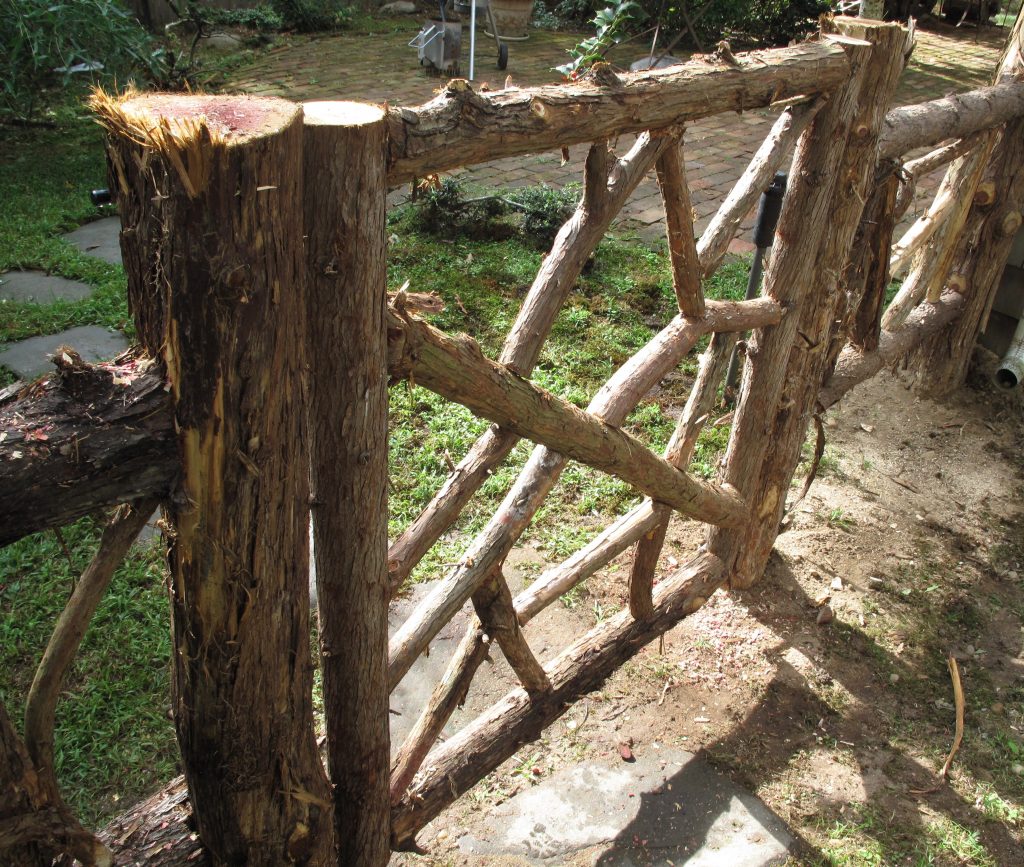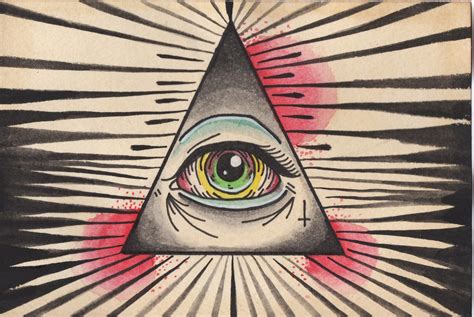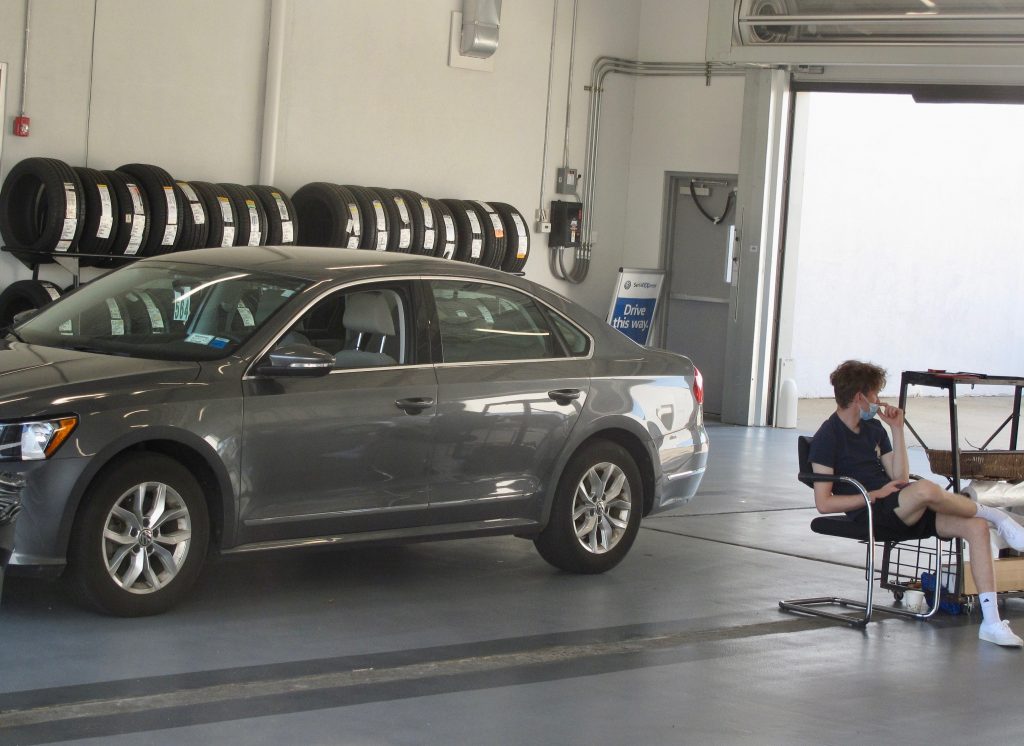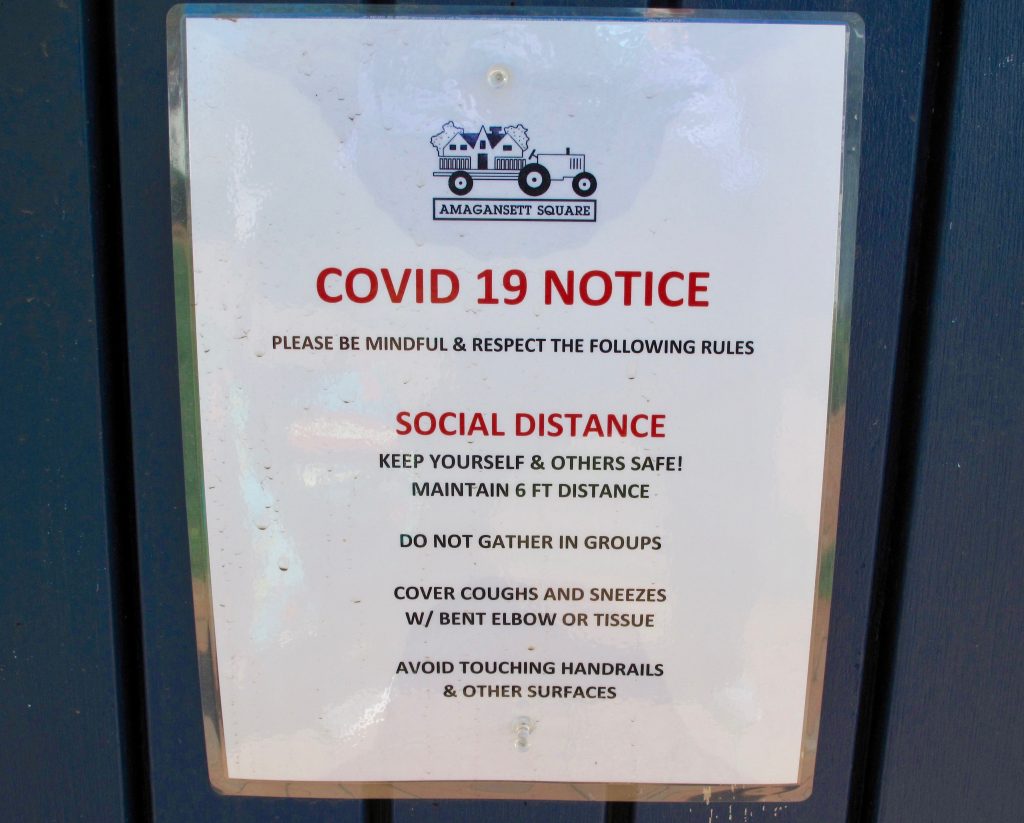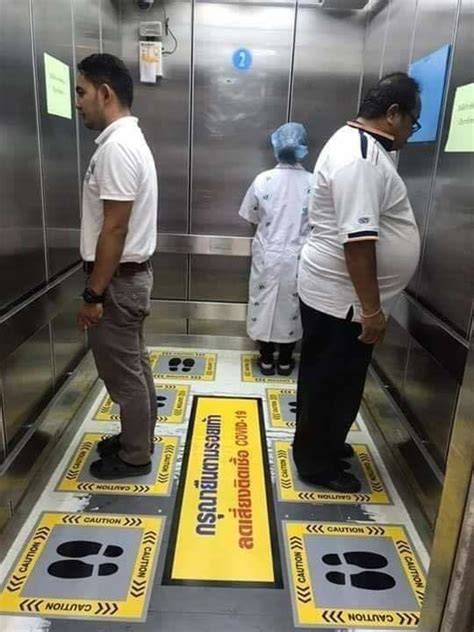
Sunday, October 4
The coronavirus-infected Trump has taken a turn for the worse. He rolls over in his hospital bed, and, like the dying Citizen Kane, he whispers one mysterious word: “Covefe!” An object tumbles from his fingers and smashes on the floor.
What is that object? A clue to the meaning of the mysterious word, perhaps? OH…a coffee cup!
I, too, have had troublesome dreams. In one last night, which seems to last a long time, I am making my way home across Manhattan. I wander through a vast and abandoned warehouse, in and out of vacant lots, past burned-out cars, broken machinery, and a derelict, six-door bank of washing machines. Up and down empty staircases, beyond weedy grounds. The area—about where Alphabet City stands—seems a giant wasteland, soon to be turned into a modern development no doubt.
A man in a tattered black suit and wide-brimmed hat writhes past me, all shoulders and elbows. He seems to think I mean him harm, but I am as eager to escape him as he is to elude me. On and on, the dream goes.
The mystery writer Raymond Chandler was likely troubled with dreams too. In his novel The Lady in the Lake, fictional detective Philip Marlowe dreams that he is “far down in the depths of icy green water with a corpse under my arm. The corpse had long blond hair that kept floating around in front of my face. An enormous fish with bulging eyes and a bloated body and scales shining with putrescence swam around leering like an elderly roué. Just as I was about to burst from lack of air, the corpse came alive under my arm and got away from me and then I was fighting with the fish and the corpse was rolling over and over in the water spinning its long hair.
I woke up with a mouth full of sheet and both hands hooked on the head-frame of the bed….”
Trump in his dreams should be wrestling with the corpses of the many pandemic victims who are dead as a result of presidential denial and incompetence. But of course, he is not.
Dinner: Bulgogi style steak, baked potatoes with sour cream, and a green salad.
Entertainment: Episodes of season four of All Creatures Great and Small on Britbox, along with an episode of Borgen via Netflix.

